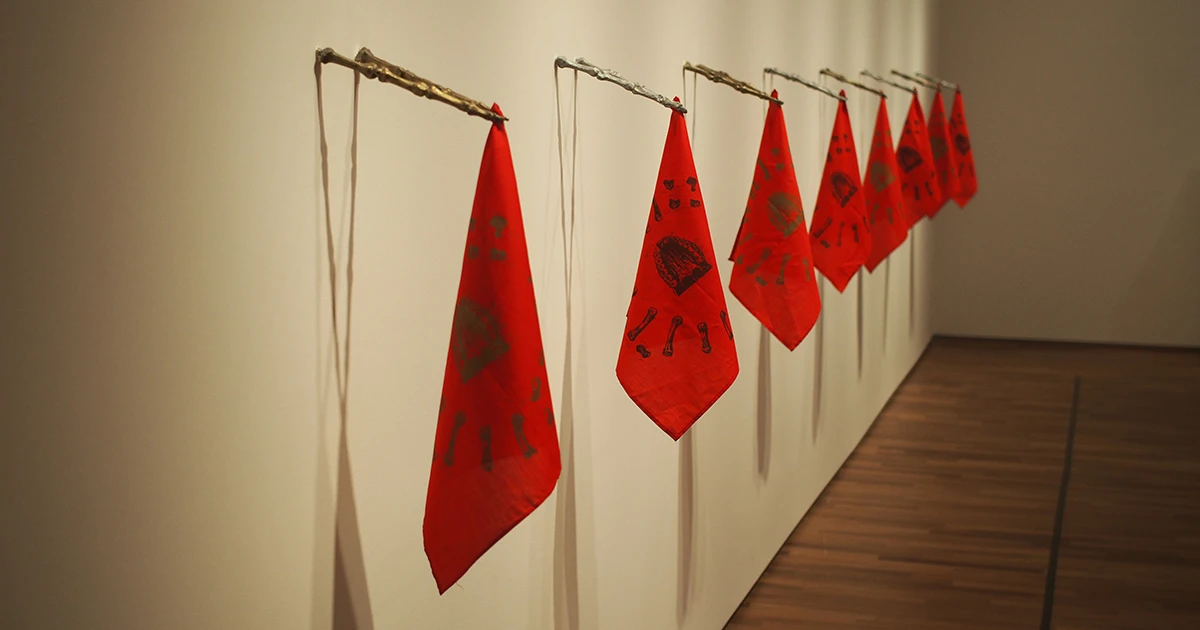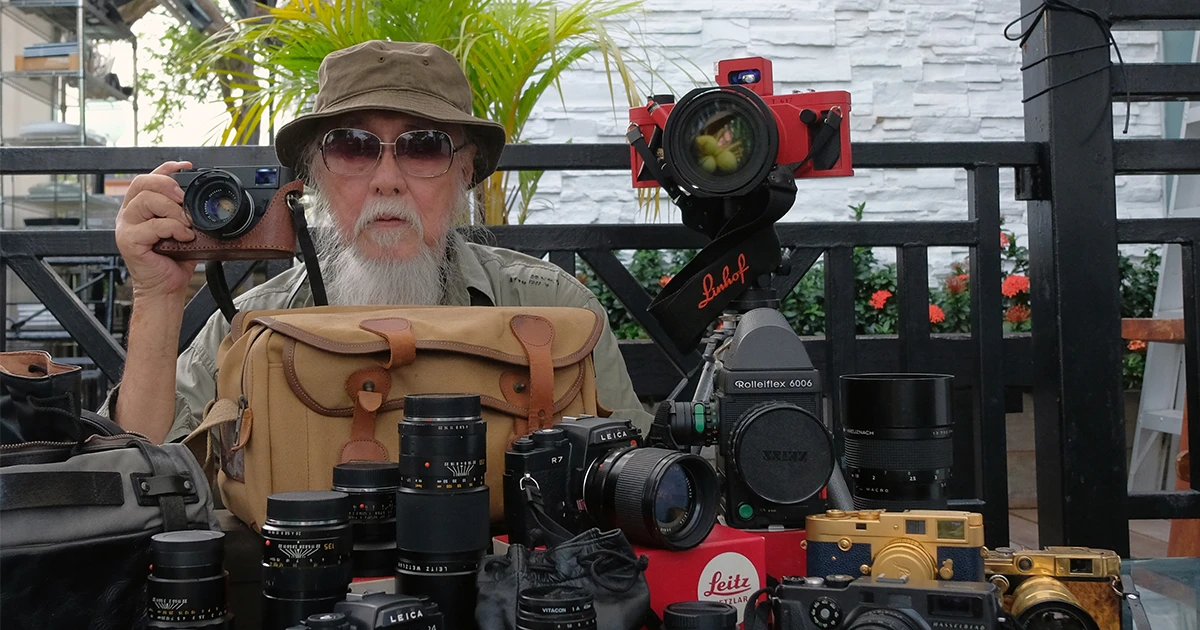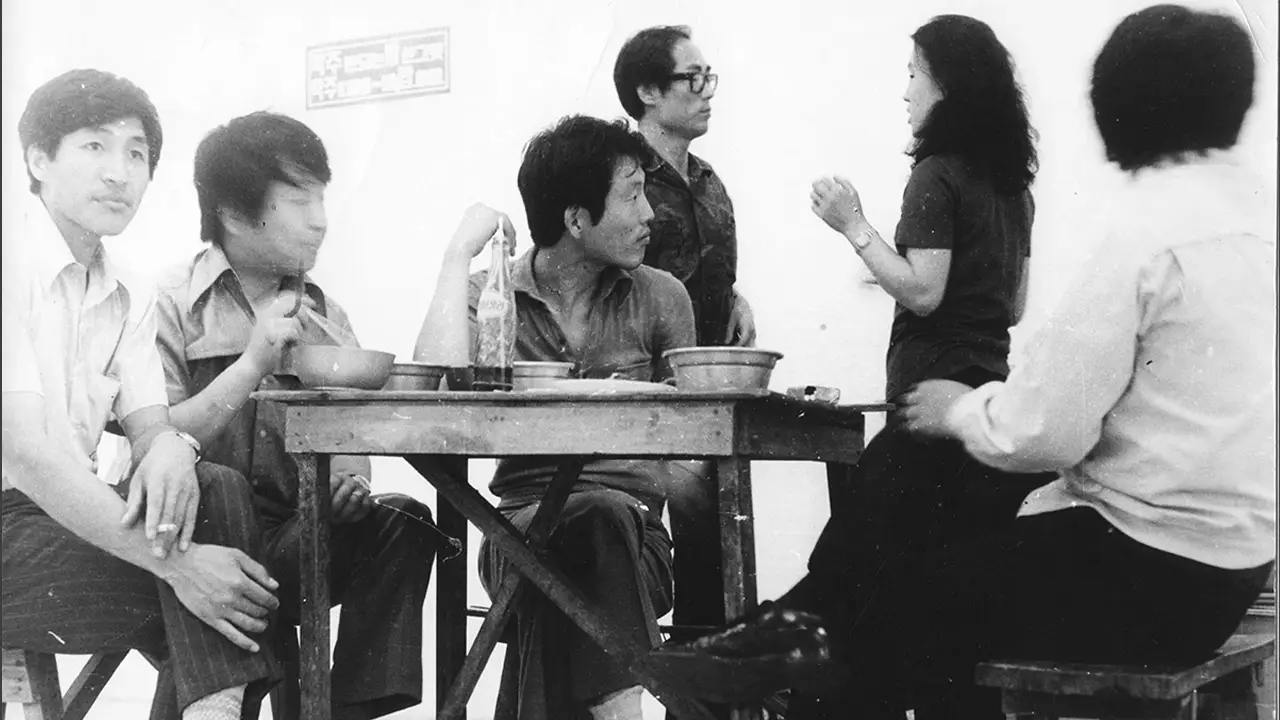Interview with Artist Zainudin Samsuri
Zainudin Samsuri is one of the artists featured at Keppel Centre for Art Education for 2019. His work Dayung Sampan – be your own captain on deck is displayed at the Project Gallery. In this post, Ye Shufang (Deputy Director, Education) interviews Zainudin to find out more about his creative process and thoughts as an artist and art educator.
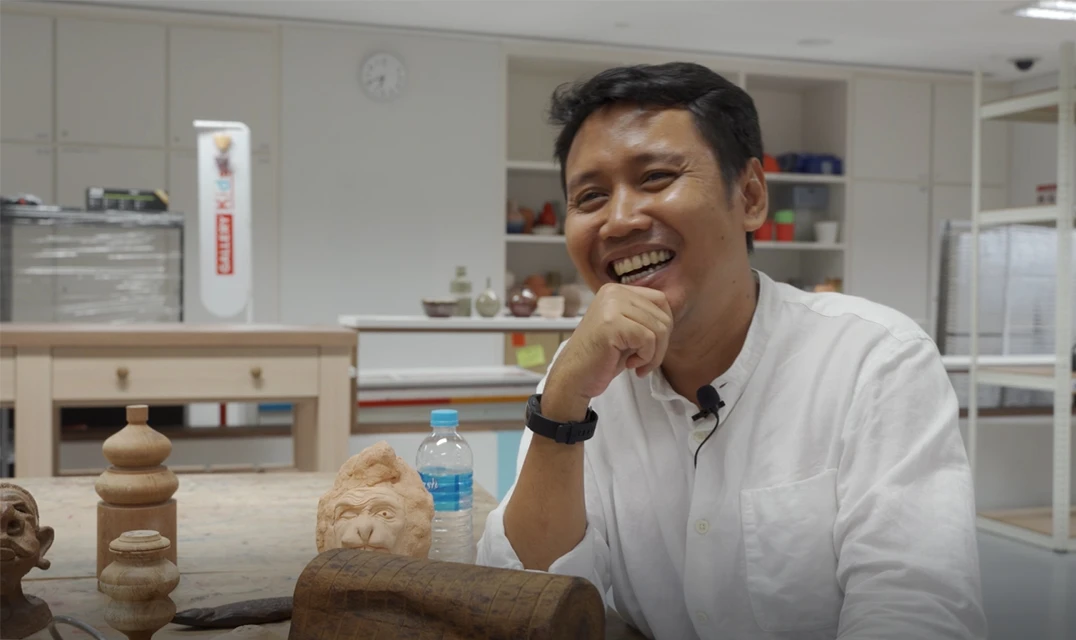
Zainudin Samsuri is one of the artists featured at Keppel Centre for Art Education for 2019. He works primarily with wood and steel, creating sculptural forms that combine imagery of body parts, boats and “skeletal structures.” Over the past 20 years, Zainudin’s works have been presented in exhibitions in Singapore, Malaysia, Philippines and the UAE. As a young artist, Zainudin represented Singapore in the 1997 ASEAN Youth Sculpture Symposium. He received the Japanese Chamber of Commerce & Industry Arts Award in 2005. His work Staple can be seen at Ubi MRT Station as part of the Art in Transit series by the Singapore Land Transport Authority. He served as lecturer at LASALLE College of the Arts and currently teaches at School of the Arts (SOTA).
The Education Team and I have been working with Zainudin for the past 8 to 9 months as he developed the ideas for his work Dayung Sampan – be your own captain on deck, on display at the Project Gallery as part of Gallery Children’s Biennale 2019: Embracing Wonder. During this time, we had the opportunity to see many of his small-scale studies, maquettes and sculptures. I interviewed Zainudin to find out more about his creative process and thoughts as an artist and art educator.
Ye Shufang (YS): What was growing up like, for you?
Zaniudin Samsuri (ZS): I come from a family of 12, we grew up poor. My late father was very strict and religious. We had some land that my father farmed on. He planted mango trees and rambutan trees, the chiku plant as well. I explored and learned about different types of wood by looking at tree trunks, discarded wood, branches and twigs.
My father was my first teacher. He was a maker, and made different things like the kompang, a drum with a wooden rim carved from jambu wood, which we played at weddings. He encouraged us to explore using things around us to make our own toys. When I was about three years old, I picked up my father’s knife, unknowingly pressed on the blade and cut my hand. That was my first injury. After that, my father tried to stop me from using his tools. When I did not stop, however, he realised that I was a maker like him, and that making things was part of me. From him, I discovered the hardness, brittleness and colour of different wood; and fascinatingly, that when you chop or cut different wood, each one smells different.
YS: What gives you time and space, and inspiration?
ZS: I love being out at sea, fishing and swimming. I was on Coast Guard duty as part of my National Service and enjoyed the quietness at sea, the colours and smells around me that change depending on whether it was morning or night.
Pulau Ubin is one of my favourite places to be, but I am happy to be anywhere near water. When fishing, after I put my lure out and am waiting for a bite, I take in my surroundings and observe the colours, sounds and smells around me. I spot driftwood and shells, imagining what I would carve and create from them. Then around 3am, just as I am about to doze off, I feel a bite and suddenly, there is a change in the air and energy. This sudden change in elements is exciting and challenging to me, that feeling of lure and hook, of tranquility changed by a jolt. Sometimes I bring that feeling into the way I curve and shape metal, or combine wood and metal to capture that change in elements.
I also collect specimens like tree bark and fallen flowers, and bring them back home to study them further. I take a lot of photographs. I especially like catching the flower Queen of the Night when it blooms in the middle of the night. I feel very inspired by nature both when it blooms and also when it is discarded.
YS: You have taught in LASALLE College of the Arts and are now teaching in the School of the Arts. What is your approach to teaching?
ZS: I encourage my students to always experiment and not be afraid to make mistakes. In sculpture, every material has its own language, whether it is wood, clay or metal. Whether you carve, heat or bend the material, getting to know the material is a process of exploration. Especially in sculpture, I believe the more you break things, the more you learn.
Brother Joseph McNallly was one of my mentors, he taught me to understand the character of wood, to respond to the wood grain. From him, I learned that it is important to understand the beauty of the natural wood and refrain from overworking the material or its form. In the same way, I ask my students to keep an eye out for discarded wood and objects, respond to the form but not alter too much of it.
Once I picked up a piece of discarded log and brought it home. It had a certain smell. I took a pen-knife and started chipping away at the log. At that time, I was struggling to make ends meet as an artist. Responding to the discarded log, I thought of sardines and bread and without altering the form too much, I created an object that looked like a loaf of bread. You can see it at the Sculpture Studio at the Keppel Centre. I am very open to my work being interpreted differently by audiences, though I do have very clear ideas that I want to share through my works.
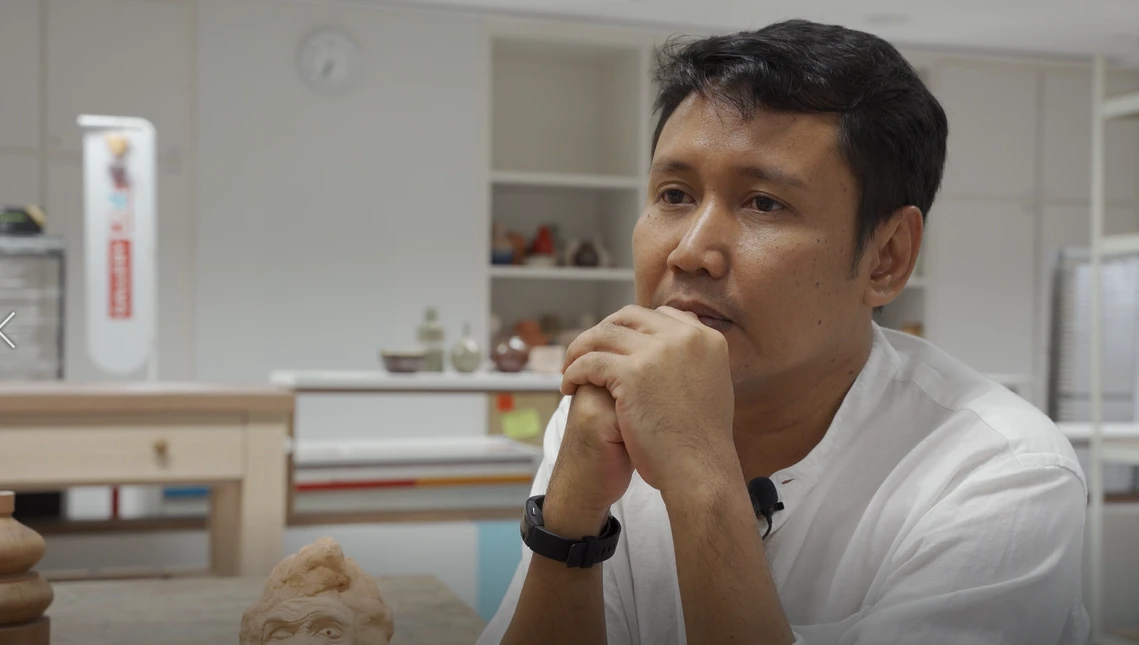
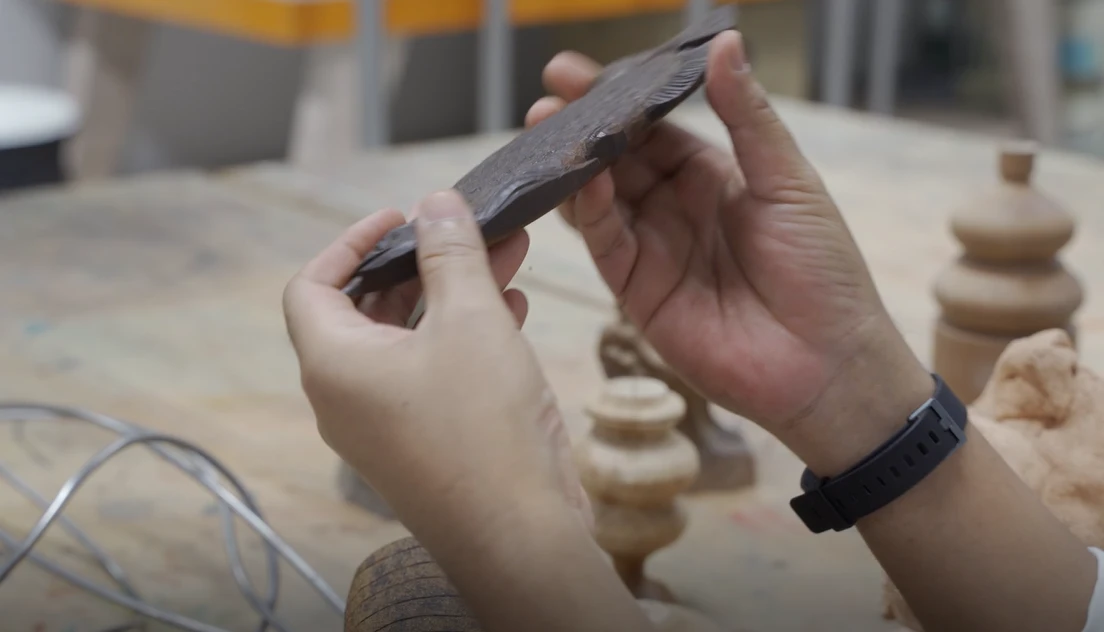
YS: How does it feel when you are carving something and it breaks?
ZS: There is a process of endurance and patience in sculpture. You keep going until something is about to, or actually, breaks––which I consider a sign to put the work aside for a few days. After a few days, you look at the work again, and may see a new form from the breakage. I think this creative process teaches us a lot about patience, about finding alternatives. Art is integrated with everything in life. There is always a way to respond to materials, people and life, even after a break or a mistake.
YS: Besides your love for the sea, what else can we discover about Dayung Sampan?
ZS: “Di mana bumi dipijak, di situ langit dijunjung” is a Malay proverb that I hold close to my heart. It reminds us that no matter where we step or where our feet touches the earth, we must be respectful and humble.
Dayung Sampan consists of giant objects like a foot or five-stones. I hope children will be brave when facing these objects, take the opportunity to move around and see things from different angles and perspectives. They may find something that looks like a flower bud, an onion or a beetle. What looks like a foot at first, could also be a boat where children can imagine being a captain or a pirate. They can sit on the five-stones with their family and friends and pretend to be anything they want to be. I hope parents join their children and discover the space with child-like eyes.
On a personal note, Dayung Sampan is a metaphor for my life-long journey of growth, learning and humility. Even when working with engineers, builders and craftsman to make the giant objects, it is about sharing knowledge, exchanging ideas, being humble and learning from one another.











